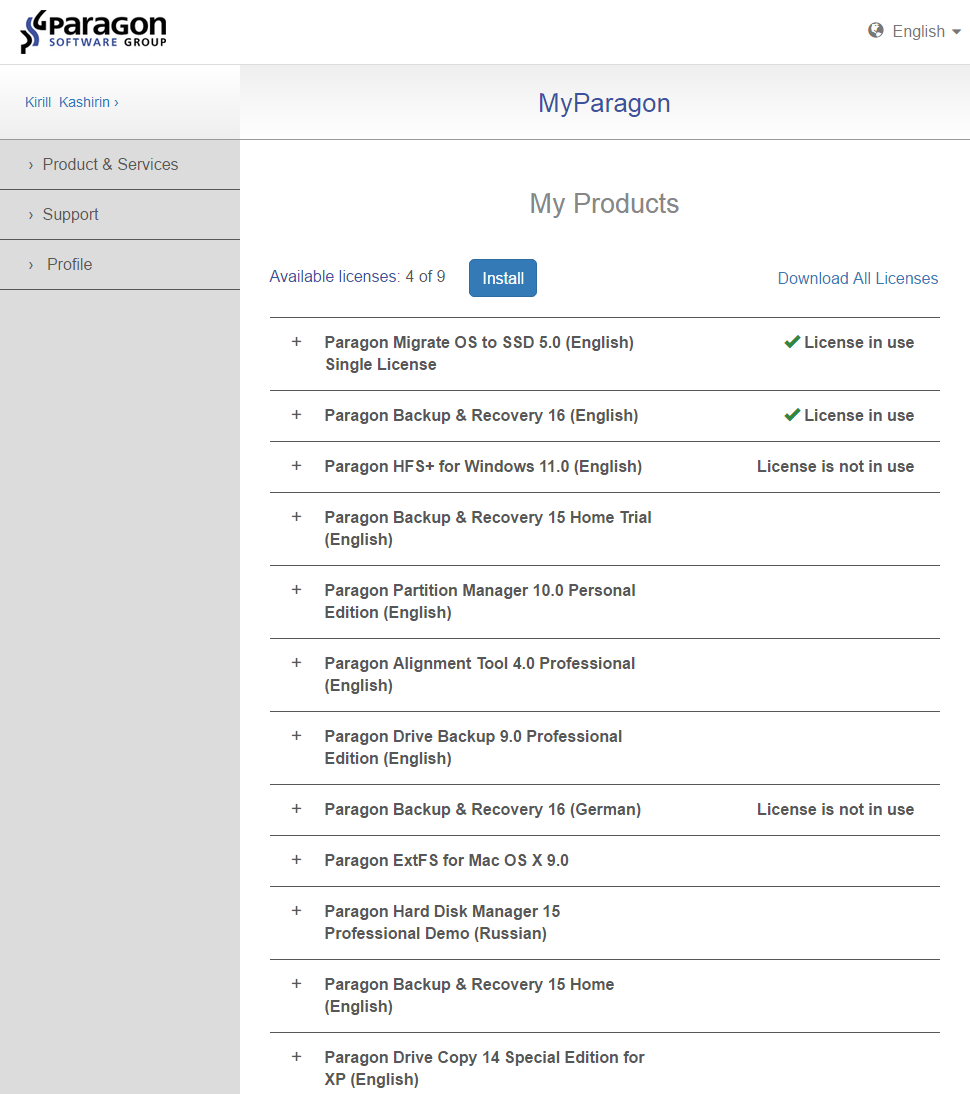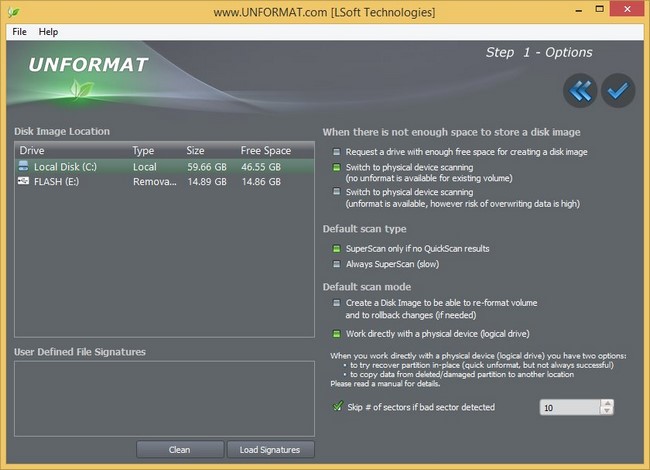
Now we’re ready to turn on the quota system: sudo quotaon -v / If you didn’t include the u or g options in the quotacheck command, the corresponding file will be missing.

Output oup bin dev home lib64 media opt root sbin srv tmp var vmlinuz.oldĪer boot etc initrd.img lib lost+found mnt proc run snap sys usr vmlinuz We can verify that the appropriate files were created by listing the root directory: ls / If you don’t need to enable user- or group-based quotas, you can leave off the corresponding quotacheck option. Remounting the filesystem as read-only will give more accurate results in case a user is actively saving files during the process, but is not necessary during this initial setup.

Now that we’ve installed our tools and updated our filesystem options, we can turn on the quota system. Output/dev/vda1 / ext4 rw,relatime,quota, usrquota, grpquota,data=ordered 0 0 This file’s contents will be similar to the following: Open that file in your favorite text editor now: sudo nano /etc/fstab We do this by updating the filesystem’s entry in the /etc/fstab configuration file. To activate quotas on a particular filesystem, we need to mount it with a few quota-related options specified. Step 3 – Updating Filesystem Mount Options
#Extfs startup update
Next we will update our filesystem’s mount options to enable quotas on our root filesystem. Run the previous find command again to verify that the installation was successful. This will provide the kernel modules necessary for implementing quotas.
#Extfs startup install
If you get no output from the above command, install the linux-image-extra-virtual package: sudo apt install linux-image-extra-virtual Your kernel version – highlighted in the file paths above – will likely be different, but as long as the two modules are listed, you’re all set and can skip the rest of this step. But, if you’re using a Linux distribution or desktop environment that doesn’t automatically mount file systems for you - or if you’re just using the terminal - you may need to mount the file system in the old-fashioned way.Output/lib/modules/ 4.15.0-45-generic/kernel/fs/quota/quota_v1.ko This should “just work” with modern desktop environments, so the below commands shouldn’t be necessary.
#Extfs startup full
You can use them normally without ever pulling up a terminal again, and you’ll have full read-write support.
#Extfs startup software
Modern Linux desktop environments are smart enough to automatically mount file systems when you connect removable devices, and - once you’ve installed the required software for mounting exFAT drives - they’ll work automatically. They may be called something a bit different - search for “exfat” and you should find them if they’re available in your Linux distribution’s package repositories.Īfter you’ve installed the appropriate software, you can just connect an exFAT drive to your computer and it will be mounted automatically. If it’s already connected, just unplug the drive and plug it back in.

On other Linux distributions, use the appropriate software-installation command or open the graphical user interface and look for the “exfat-fuse” and “exfat-utils” packages. Sudo apt-get install exfat-fuse exfat-utils On Ubuntu and similar Linux distributions, type the following command and press Enter to install the appropriate packages. First, open a Terminal window from your applications menu.


 0 kommentar(er)
0 kommentar(er)
